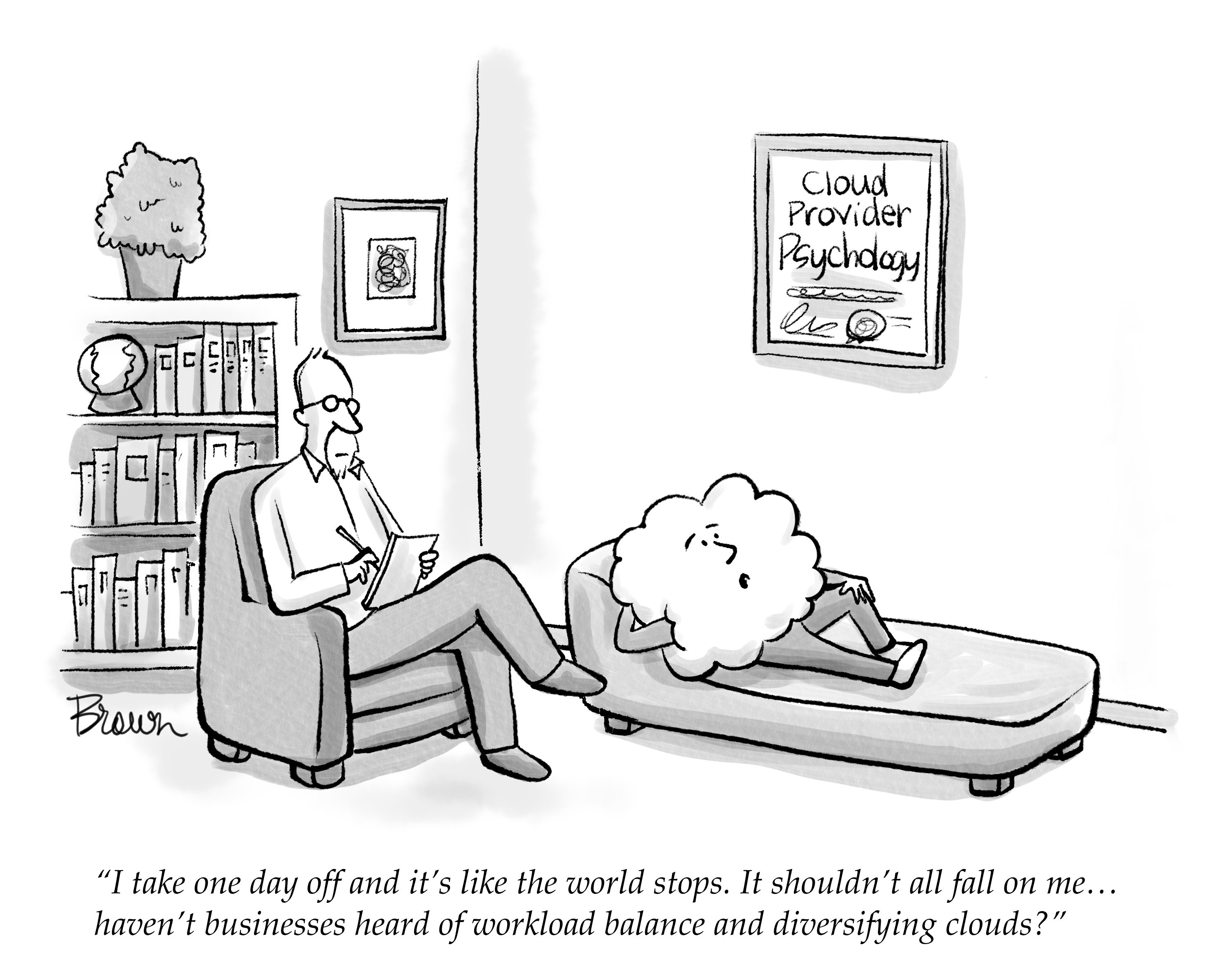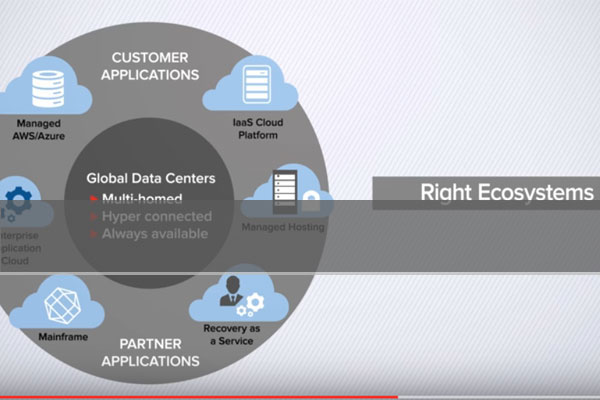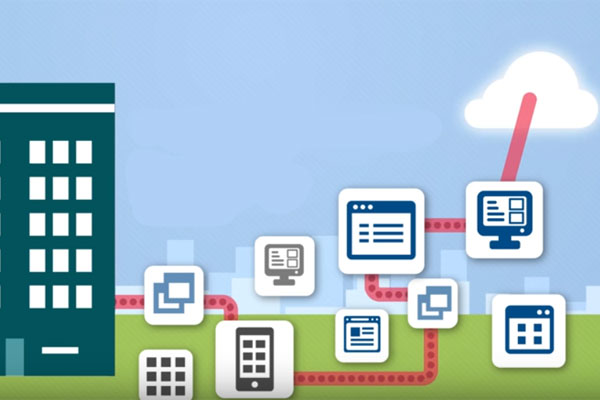Internet and cloud provider outages are becoming more commonplace and disruptive.
When content delivery network (CDN) company Fastly suffered an outage in June 2021, it briefly halted high-traffic sites like Amazon, Reddit, CNN and The New York Times. It even took down the British Government’s website. When Amazon Web Services (AWS) went down for hours in December 2021, it stopped Alexa devices from responding to commands, impeded platforms like Disney+, Netflix and Coinbase, and made many essential tools Amazon employees use inaccessible.
These types of outages don’t just impact one service, they create a ripple effect that hinders operations for businesses around the world. Sadly, these outages will only continue as our reliance on cloud and internet services increases.
It’s easy to blame the providers for these issues, but that doesn’t do anyone any good. Instead, take matters into your own hands.

Here are three ways to mitigate or reduce the risk of impact from major service provider outages.
1. Diversify cloud providers
A single cloud platform may be easier to manage, but it also concentrates your risk in one place. If the provider goes down, your business could be in serious trouble.
That’s one of the reasons why more organizations are choosing a multi-cloud strategy.
Different cloud environments offer different features and benefits. When used together, multiple clouds also give you balance and choice. This ensures that you’re not at the mercy of one cloud provider and helps limit the impact of an unexpected outage.
2. Reevaluate your cloud design to balance workloads
If your organization is already heavily invested in a provider’s services and functions, it may be hard to start using multiple clouds. But that doesn’t mean diversification is out of the question.
Reevaluate your design and current ecosystem. Identify the ways you’re leveraging workloads and services and determine how you might distribute them to ensure they remain available if there’s an outage. The AWS outage, for example, affected the “U.S. East 1” region. Balancing workloads across multiple regions would’ve allowed an affected organization to limit the disruption and continue conducting business.
You can’t afford to put all your eggs in one basket, and you can’t assume a single deployment is fully protected. But you can implement appropriate levels of risk mitigation against the processes and services you need to protect by ensuring they’re effectively balanced.
3. Stay open-minded to leveraging new services
While there are risks to adopting leading edge technology, the level of testing and verification that goes into the release of a new service is much better today than a few years ago.
Cloud providers know the best way to capture their customer base is through a combination of optimized cost and innovation. New features and functions are constantly being released to optimize consumption.
Preparing for the next cloud outage
The Fastly, AWS and Akamai outages should all serve as a wake-up call for organizations.
Internet and cloud provider outages are happening more frequently, and the effects are widespread and significant. If your business leverages service providers, you must be prepared to mitigate the risk with the right steps to limit disruption when the next cloud outage (inevitably) happens.






